Intro
Learn the essentials of starting a restaurant, from concept to launch, including business planning, menu engineering, and restaurant management, to ensure a successful culinary venture.
Opening a restaurant can be a thrilling venture, offering a unique opportunity to share your passion for food and hospitality with the community. However, it also requires meticulous planning, significant investment, and a deep understanding of the culinary industry. For aspiring restaurateurs, the journey begins with a concept, a vision that drives the creation of a dining experience that is both memorable and sustainable. The importance of thorough planning cannot be overstated, as it lays the foundation for the restaurant's success, influencing everything from the menu and ambiance to staffing and customer service.
The decision to start a restaurant is often driven by a love for cooking, a desire to innovate, or a passion for bringing people together. Whatever the motivation, it's crucial to recognize that running a restaurant is a complex business endeavor. It involves managing finances, ensuring compliance with health and safety regulations, and maintaining high standards of quality and service. The restaurant industry is highly competitive, with new establishments opening regularly, making it essential for owners to differentiate their business and create a loyal customer base. Achieving this requires not only a delicious and unique menu but also an inviting atmosphere, efficient operations, and a commitment to customer satisfaction.
As one delves into the process of starting a restaurant, the scope of the project becomes increasingly clear. From scouting the perfect location to designing the interior, every detail contributes to the overall dining experience. The menu, a reflection of the restaurant's identity, must balance creativity with practicality, considering dietary restrictions, seasonal ingredients, and pricing strategies. Behind the scenes, a well-trained staff, efficient systems, and robust marketing strategies are essential for attracting and retaining customers. The journey of opening a restaurant is a multifaceted challenge that demands patience, perseverance, and a willingness to adapt and evolve.
Concept Development
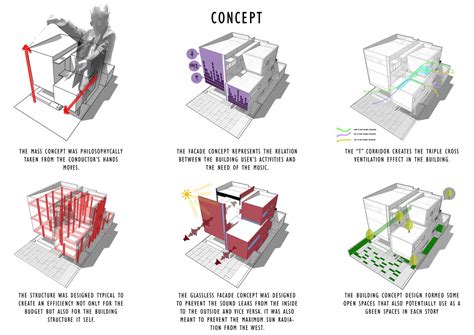
Key Considerations in Concept Development
When developing a restaurant concept, several key considerations must be taken into account: - **Target Market:** Understanding the demographics, preferences, and dining habits of the target audience is crucial. This includes considering factors such as age, income level, and dietary restrictions. - **Unique Selling Proposition (USP):** Identifying what sets the restaurant apart from others is vital. This could be a unique cuisine, a dining experience, or a commitment to sustainability. - **Market Trends:** Staying abreast of current trends in the restaurant industry, such as the rise of plant-based diets or the importance of digital ordering systems, can help inform concept development. - **Location:** The location of the restaurant can significantly impact its success. Factors such as foot traffic, parking, and proximity to residential areas or offices should be considered.Business Planning

Elements of a Restaurant Business Plan
A restaurant business plan should include: - **Executive Summary:** A brief overview of the restaurant concept, mission, and objectives. - **Market Analysis:** An in-depth examination of the target market, competitors, and market trends. - **Menu and Pricing:** A description of the menu, pricing strategy, and how these will contribute to the restaurant's unique selling proposition. - **Marketing and Sales:** Strategies for attracting and retaining customers, including social media, advertising, and promotional activities. - **Operations:** Details on the restaurant's layout, equipment, supply chain, and staffing requirements. - **Financial Projections:** Estimates of startup costs, ongoing expenses, revenue, and profit projections over a specified period.Location and Design

Design Considerations
When designing a restaurant, several factors should be considered: - **Ambiance:** The atmosphere and mood that the design aims to create. This can be achieved through the use of lighting, color schemes, and décor. - **Functionality:** Ensuring that the design supports the efficient operation of the restaurant, including the layout of the dining area, bar, and kitchen. - **Brand Identity:** The design should reflect the restaurant's brand and concept, reinforcing its unique selling proposition. - **Sustainability:** Incorporating sustainable design elements and practices can enhance the restaurant's appeal to environmentally conscious consumers.Menu Engineering
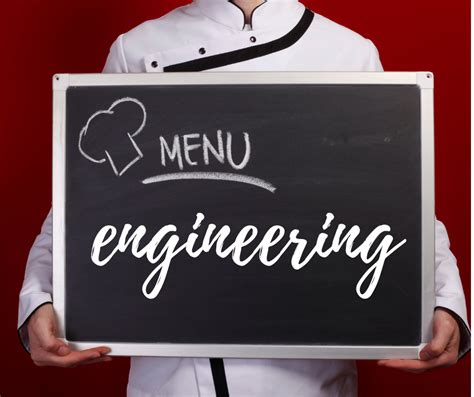
Principles of Menu Engineering
Key principles in menu engineering include: - **Menu Mix:** The variety of dishes offered, which should cater to different tastes and dietary requirements. - **Pricing Strategy:** Setting prices that balance profitability with customer affordability and perceived value. - **Food Cost Control:** Managing the cost of ingredients and portion sizes to maintain profit margins. - **Seasonal Menus:** Offering menus that change with the seasons to reflect fresh, locally sourced ingredients and keep the dining experience fresh for regular customers.Staffing and Training

Staff Training Programs
Effective staff training programs should include: - **Onboarding Process:** A thorough introduction to the restaurant, its concept, and the employee's role. - **Technical Training:** Training on specific skills required for the job, such as cooking techniques or point-of-sale systems. - **Customer Service Training:** Emphasizing the importance of providing excellent customer service and how to achieve it. - **Ongoing Education:** Regular updates on menu changes, new techniques, and industry trends to keep staff knowledgeable and engaged.Marketing Strategies
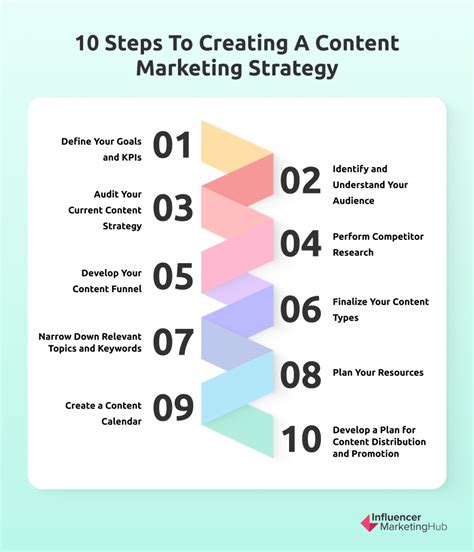
Digital Marketing for Restaurants
Digital marketing strategies for restaurants include: - **Social Media:** Utilizing platforms like Instagram, Facebook, and Twitter to share updates, promotions, and engage with customers. - **Email Marketing:** Building an email list and sending regular newsletters with special offers, new menu items, and events. - **Online Ordering and Delivery:** Partnering with food delivery services or implementing an online ordering system to expand reach and convenience. - **Review Management:** Encouraging customers to leave reviews and responding promptly to feedback to maintain a positive online reputation.Restaurant Operations Image Gallery
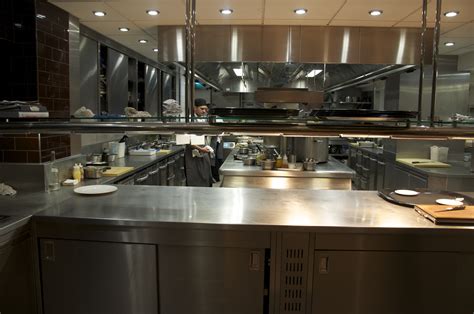
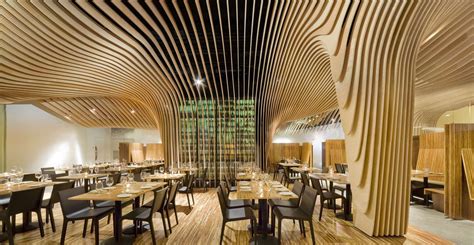
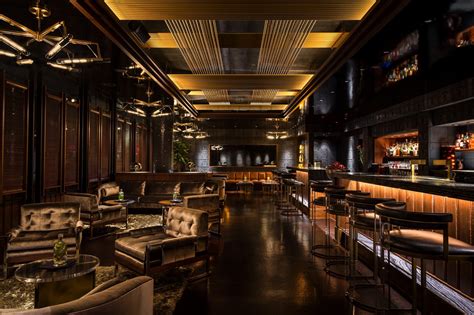
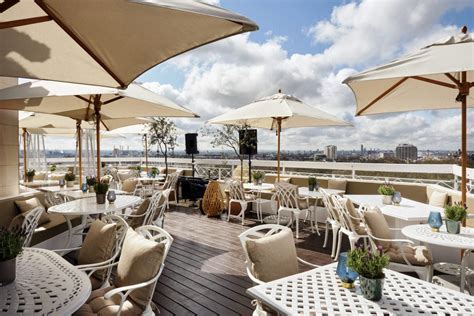


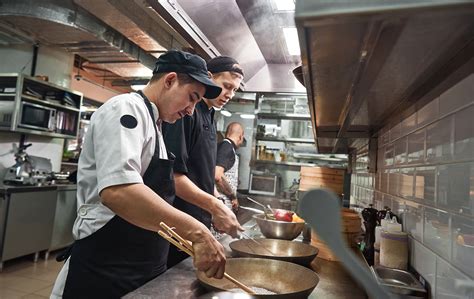

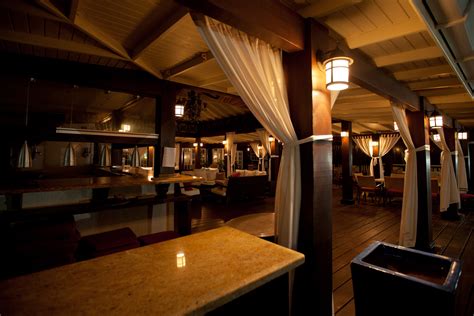
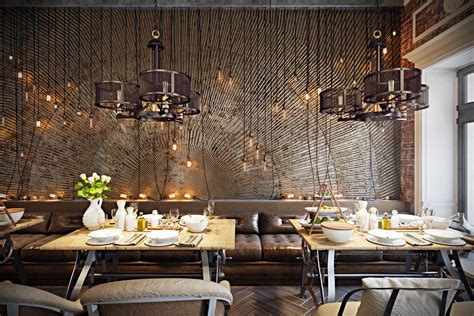
What are the key factors to consider when opening a restaurant?
+The key factors include developing a unique concept, creating a comprehensive business plan, securing a prime location, designing an appealing ambiance, engineering a profitable menu, hiring and training staff, and implementing effective marketing strategies.
How do I create a successful restaurant business plan?
+A successful restaurant business plan should include an executive summary, market analysis, menu and pricing strategy, marketing and sales plan, operational plan, and financial projections. It's essential to conduct thorough market research and analyze financial data to create realistic projections.
What role does menu engineering play in a restaurant's success?
+Menu engineering is crucial as it involves selecting dishes that balance customer preferences with profitability. It requires analyzing food costs, pricing strategies, and menu mix to create a menu that attracts customers and contributes to the restaurant's revenue goals.
As you embark on the journey of starting a restaurant, remember that each step, from concept development to staffing and marketing, plays a vital role in the overall success of your venture. The restaurant industry is dynamic and challenging, but with careful planning, a passion for excellence, and a commitment to innovation, you can create a dining experience that resonates with your community and sets your restaurant apart. Whether you're a seasoned entrepreneur or a culinary newcomer, the key to success lies in your ability to adapt, to listen to your customers, and to continuously strive for improvement. By doing so, you not only build a thriving business but also contribute to the rich tapestry of the culinary world, one dish at a time. We invite you to share your thoughts, experiences, and questions about starting a restaurant, and we look forward to helping you navigate the exciting and rewarding journey of bringing your culinary vision to life.
